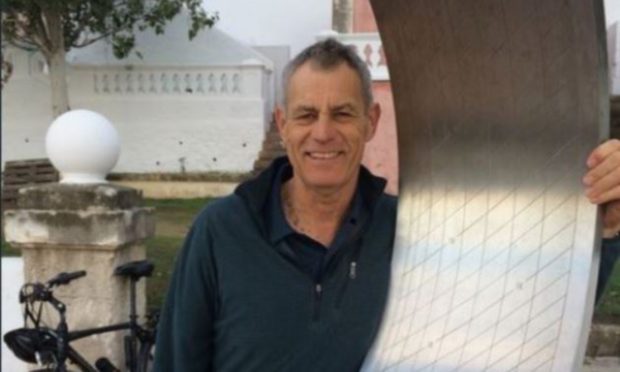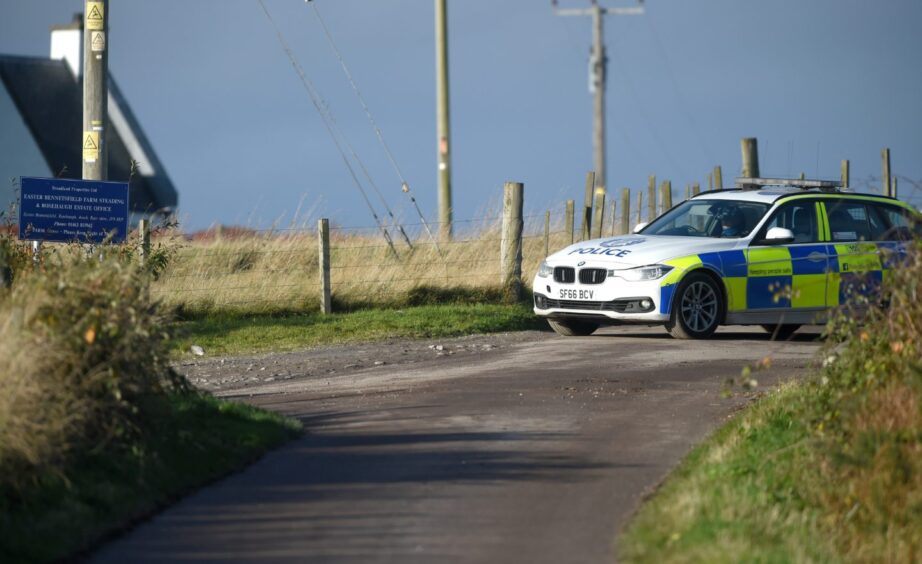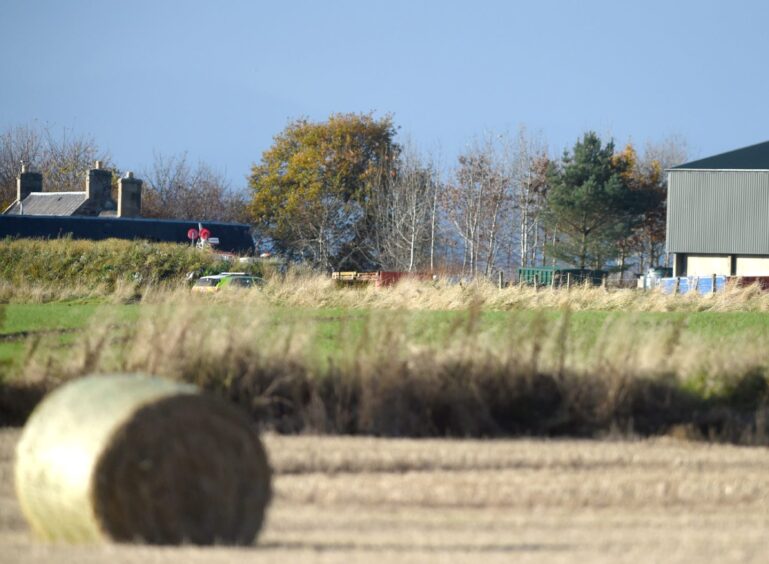The final moments of an aircraft crash which killed a Highland student pilot have been revealed in a new report.
Paul Nichol was navigating his second solo flight aboard a gyrocopter when it crashed into a field on the Black Isle.
The tragic incident occurred just moments after the 67-year-old from Balloch took off from Inverness Airport on November 12, 2020.
He was pronounced dead at the scene, near Avoch.
As the fourth anniversary of his death approaches, inspectors from the Air Accidents Investigation Branch (AAIB) have outlined the events which led up to the fatal crash.
Third flight for student pilot ended in tragedy
Mr Nichol, a civil engineer, arrived at Inverness Airport at 8.50am on the day of the accident, preparing for two flights.
Taking to the skies with his instructor, he undertook a 20-minute check flight, completing one circuit followed by a practice aborted take-off.
The instructor felt he had “flown well”, preparing him for a solo flight in the operator’s training area on the Black Isle which is located just four miles north of Inverness.
After a short break, Mr Nichol took to the skies at 10.20am to gain further experience in handling the gyroplane, before touching down just one hour 20 minutes later.
AAIB stressed the flight went without incident and the student was reported as being “very pleased with his achievement”.
With a band of strong winds moving in the following day – proving too strong for solo students – the student’s scheduled flight faced cancellation.
Instead, his instructor stepped forward to offer him the opportunity to complete a further solo flight that afternoon.
Following a short break, Mr Nichol reported he was “not fatigued” but ready to take to the skies once more, taking off from runway 23 at 12.37pm.
The student pilot was planning to complete a second loop of the Black Isle, remaining below 2,000ft, however less than 20 minutes into the flight, tragedy struck.
At 12.40pm Mr Nichol contacted Inverness Radar to confirm he had reached Chanonry Point, flying at a height of 1,800ft.
Banking west, he headed towards Avoch before completing an orbit to the north of the village, placing him in a south easterly trajectory towards the Moray Firth.
‘Metal crunch’ heard moments before plane crash
As the plane made its way around Munlochy Bay, eyewitnesses recalled hearing unusual sounds such as the revving of the engine and “spluttering as if the engine was falling”.
Another witness reported hearing a “very loud mechanical noise”, which sounded like a “metal crunch” followed by a “large mechanical cracking noise”.
Moments later, witnesses saw the rotary blades detach from the aircraft as it made an erratic and steep descent.
At 12.50pm a short open mic transmission was made to Inverness, just moments before the plane crash-landed and caught fire.
The report states: “At about the same time the controller lost radar contact with the gyroplane. The controller tried to establish radio communication but received no response.”
Firefighters raced to the scene between Munlochy and Avoch but were unable to access the aircraft due to the “intensity of the fire”.
The flames were extinguished a short time later.
Flight manoeuvres attributed to rotor separation
Their enquiries established that a sequence of manoeuvres had caused “structural overload failure” resulting in the aircraft falling apart.
It was determined that due to the plane’s lack of maintenance problems, the pilot may have accidentally allowed the aircraft to “potentially exceed” its flight parameters.
A statement in the report reads: “The separation was caused by a structural overload failure from exposure to dynamic flight loads, judged to be due to a specific sequence of aircraft manoeuvres.
“The gyroplane was found to have been correctly released to service. There were no maintenance issues identified relevant to the accident.
“A number of operational factors were considered and it was likely that the pilot inadvertently allowed the aircraft to enter a low g flight regime close to, or potentially exceeding, that prohibited by the Cavalon Pilot’s Operating Handbook.”
Since the accident, four safety recommendations have been made to raise awareness of the rotor load.
Student pilot ‘loved life’
At the time, it emerged that Mr Nichol’s had received his first solo flight certificate from Highland Aviation just days before his death.
His family said flying gave him a sense of freedom and adventure.
In statement, they said: “Always keen to learn new things and be outside doing something, he was rarely still, always getting on with tasks and planning new projects and loving life.
“Life can never be the same without him. Words can’t express how much I’ll miss him, as will all his family, friends and past work colleagues. Nothing will ever get close to explaining the depth of pain and sadness we all feel. “



Conversation